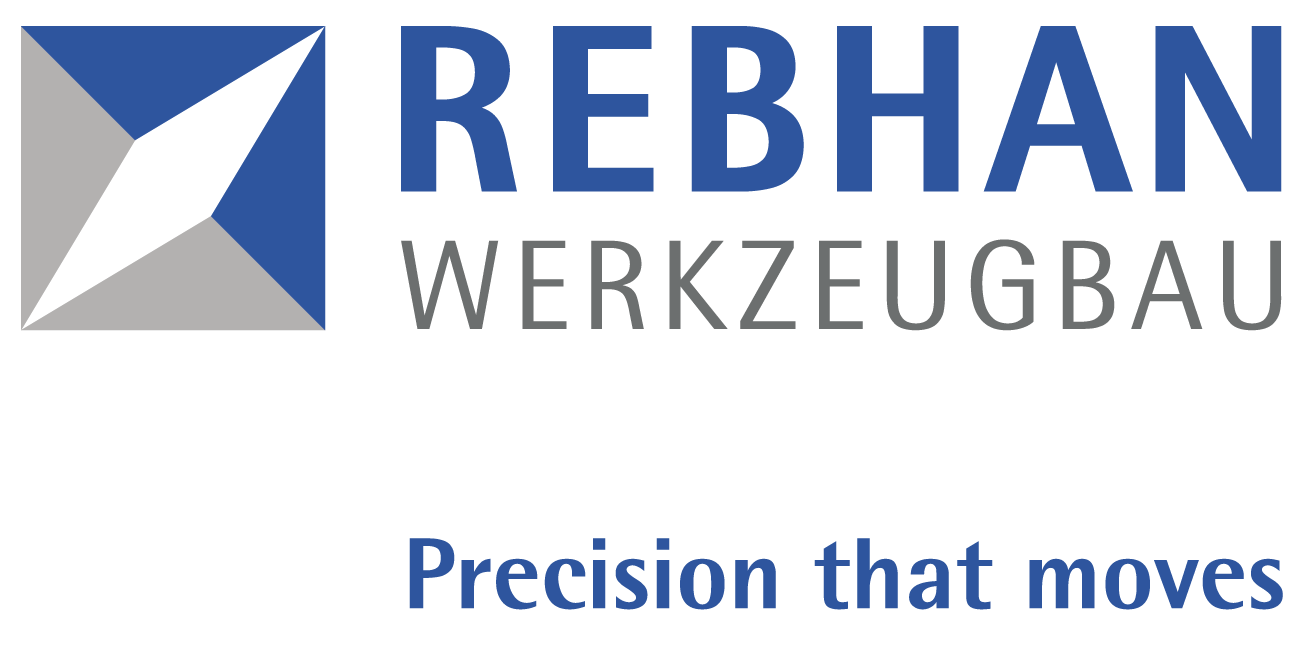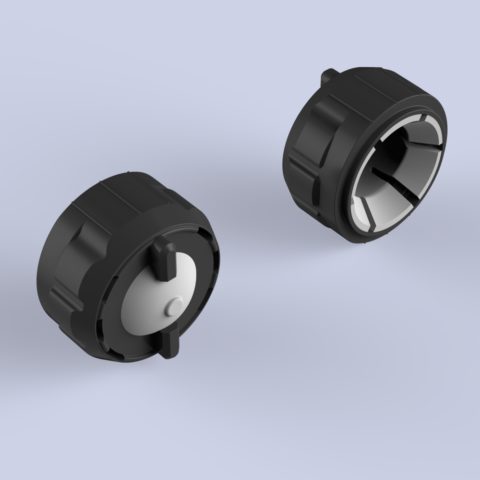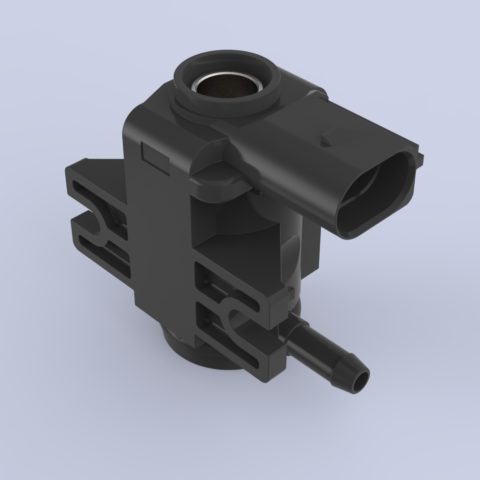Multi-component injection moulds always come into play when the mould must have a combination of characteristics that is not possible with a single material. With this tooling technology, it is possible to add extra plastic layers to a mould by injecting two different melts onto each other. This also allows complex parts with several functional requirements to be made in an economical manner in only one work flow and without significant reworking.
One of our most common requests is to apply a soft layer of material similar to rubber to hard carriers, made from, e.g., TPE (thermoplastic elastomer), in order to improve grip and/or comfort. Another request might be to coat a part in a material of another colour or with a different surface finish, mostly for aesthetic reasons.
Our product and service range for injection moulds can be characterised as follows:
Dimensions:
- Mould dimensions up to approx. 1200 x 800 mm
- Injection weights from 0.6 g to approx. 750 g
Construction types:
- Turning technology
Through a vertical turning movement, so-called preforms are transferred to a second station. However, they are not fully demoulded. Instead, they stay in the part of the mould that is turned. To do so, an additional turning device inside or outside the mould is necessary. These can be distinguished by turning half a mould, a mould plate or a mould insert.
- Core-back process
When withdrawing the core, the cavity expands due to the pull on a gate-valve or sliding core to inject a second component. The sequential process is particularly suited to injection parts with simple geometry.
Examples for 2C injection moulds
REBHAN Werkzeugbau GmbH
Industriestraße 13
96317 Kronach, Germany
Phone: +49 9261 6025-0
E-Mail: info@rebhan-wzb.de
© Rebhan Werkzeugbau 2018 · Design: Hering‘s Büro


